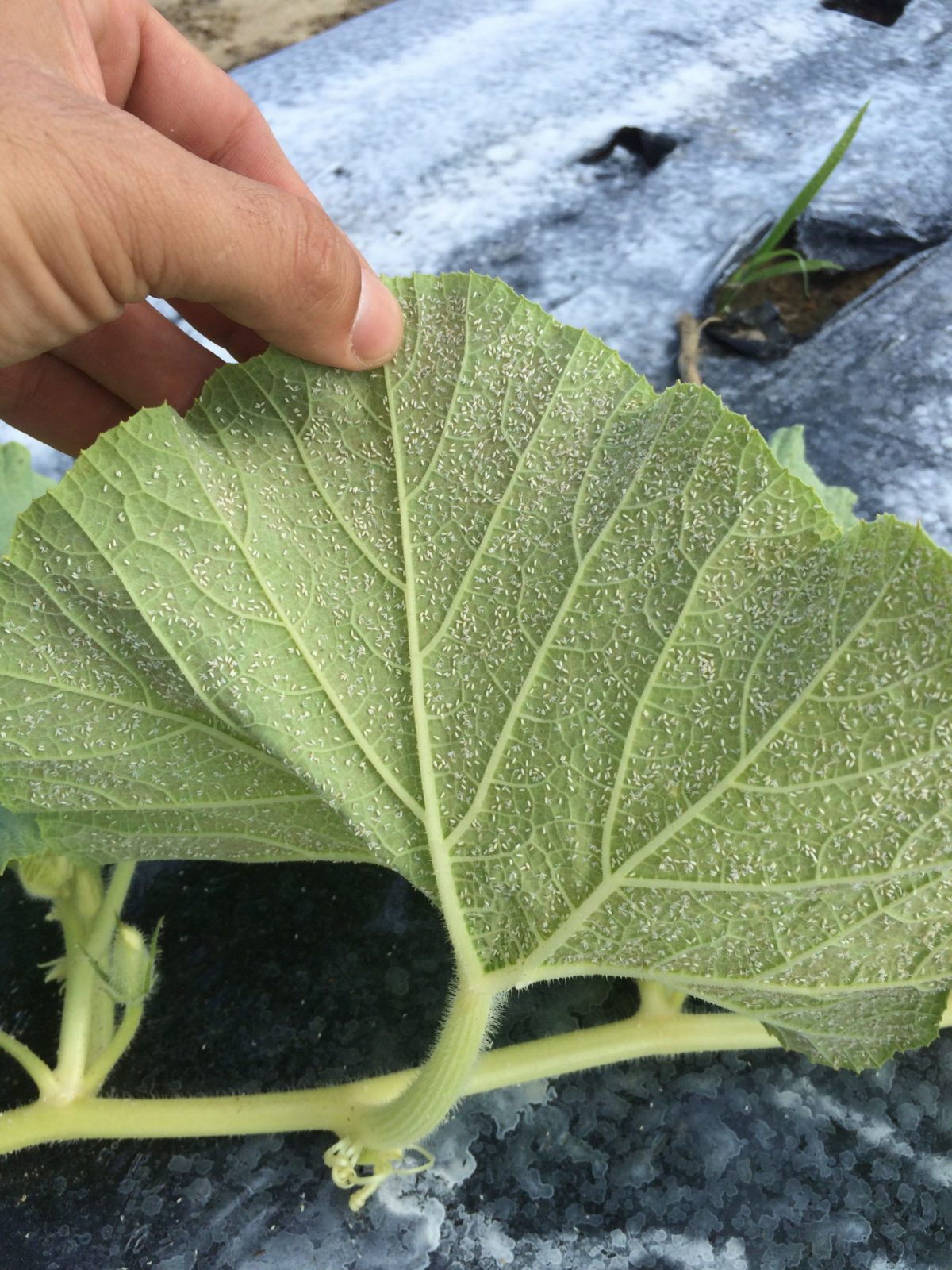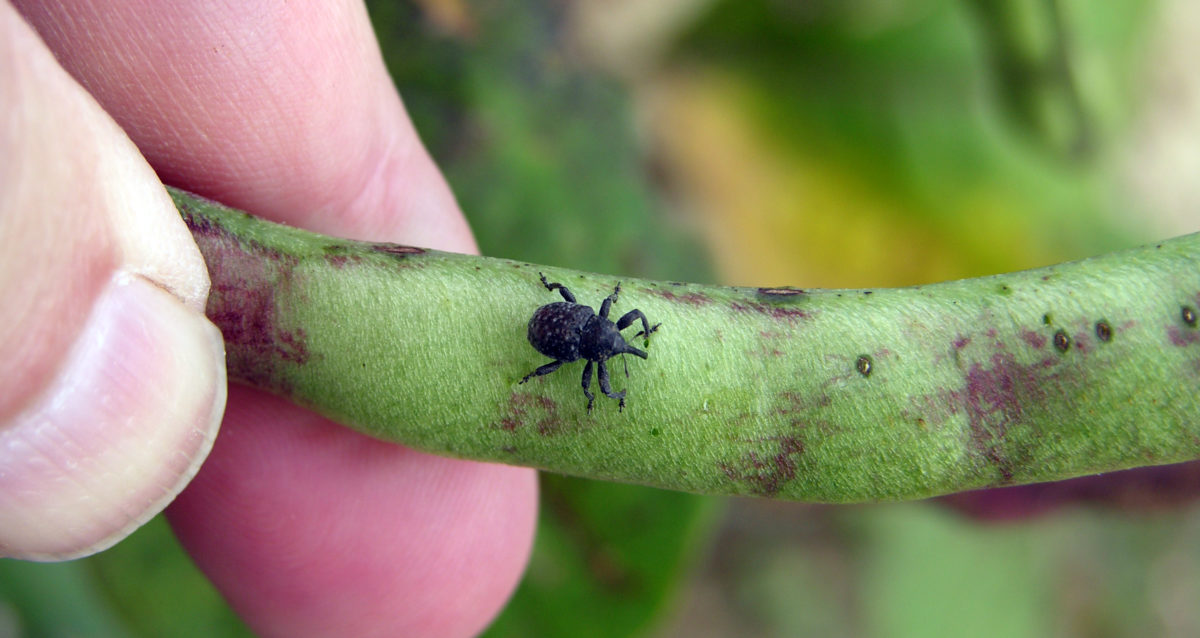By Clint Thompson In his UGA Extension blog, Brett Blaauw, Assistant Professor in the University of Georgia Department of Entomology, alerted grape farmers that management for spotted wing drosophila (SWD) is approaching soon. SWD flies are active year-round but near veraison, as the brix levels in wine grapes reach 15 degrees Brix, the grapes become attractive and susceptible to SWD. …
Clemson Extension Agents Provide Updates on Various Crops
Clemson Extension agents provided updates in The South Carolina Grower this week about the status of various crops being produced throughout the state. Coastal Zack Snipes reports, “It was a warm week with some sprinkled in showers along the coast. All crops are coming in right now with heavy watermelon volume. What’s left of the tomato crop is ripening fast. …
UGA Entomologist: Whiteflies Not as Bad as 2017 But Still Bad
By Clint Thompson University of Georgia Cooperative Extension vegetable entomologist Stormy Sparks confirmed this week that whiteflies are back with a vengeance on susceptible vegetable crops and Georgia’s cotton, which is still just a few weeks old. “I’ve been holding off a long time on saying it looks bad. But about a week ago, it’s just hard to say it …
San Jose Scale Problem for Peach Producers
By Clint Thompson Brett Blaauw, University of Georgia assistant professor in the Department of Entomology, says the time is now to treat San Jose scale crawlers which are peaking in peach orchards. “Right around late June, early July and then again in August, we see these real high populations of their larvae, the crawlers. Crawlers are also susceptible to insecticides. …
Valent U.S.A. Offers Fast, Long-Lasting Insecticide
By Clint Thompson Valent U.S.A. is offering a new insecticide that offers fast and long-lasting control of soft-bodied insects of vegetable and citrus crops. This is the first year that producers will have access to Senstar Insecticide. It provides farmers with two effective modes of action for control of soft-bodied insects, including whiteflies, aphids, thrips and pysillids. “Southeast vegetable and …
Root Borers a Danger to Grapes in the Southeast
By Clint Thompson The time is now for grape producers to protect their crop against the grape root borer, said Brett Blaauw, assistant professor in the Department of Entomology at the University of Georgia. He said usually in north Georgia, the grape root borers will emerge in early July. According to the UGA Extension Viticulture Blog, if farmers have not …
Watch Out for Green June Beetle in Fruit Crops
Elina Coneva, Extension Specialist & Professor at Auburn University, said now is the time for fruit crop producers to scout for adult Green June beetle emergence. According to the Extension News Release, the beetles are considered a serious pest and can injure fruits of numerous crops including grapes, apple, pear, quince, plum, apricot, peach, nectarine, blackberry and raspberry. Adult beetles …
Cowpea Curculio Consistent Problem of Southern Peas
According to Alabama Extension, southern peas are commonly grown crop in the Southeast. Peas have many different pests such as aphids, thrips, leaf-footed bugs, stink bugs, and various caterpillar species. However, the one pest that causes growers the most trouble is the cowpea curculio. There are control remedies for most of these other pests, but the cowpea curculio has become …
UGA Entomologist: Potential Is There for Whitefly Outbreak
By Clint Thompson It is too early to say if this year’s whitefly impact on vegetables and cotton will rival 2017. But University of Georgia (UGA) Cooperative Extension vegetable entomologist Stormy Sparks insists the potential is there. Sparks estimates that the whitefly population is about the same as a month ago. There have been some reports of populations existing primarily …
Japanese Beetles Active in Georgia Vineyards
According to the UGA Extension Viticulture Blog, Japanese beetles are starting to become more widespread in west Georgia vineyards. University of Georgia entomologist Brett Blaauw says the pests are only beginning to emerge but expects the populations to increase exponentially over the next few weeks. “In large enough numbers, Japanese beetles can be a severe pest of grapes during the …











